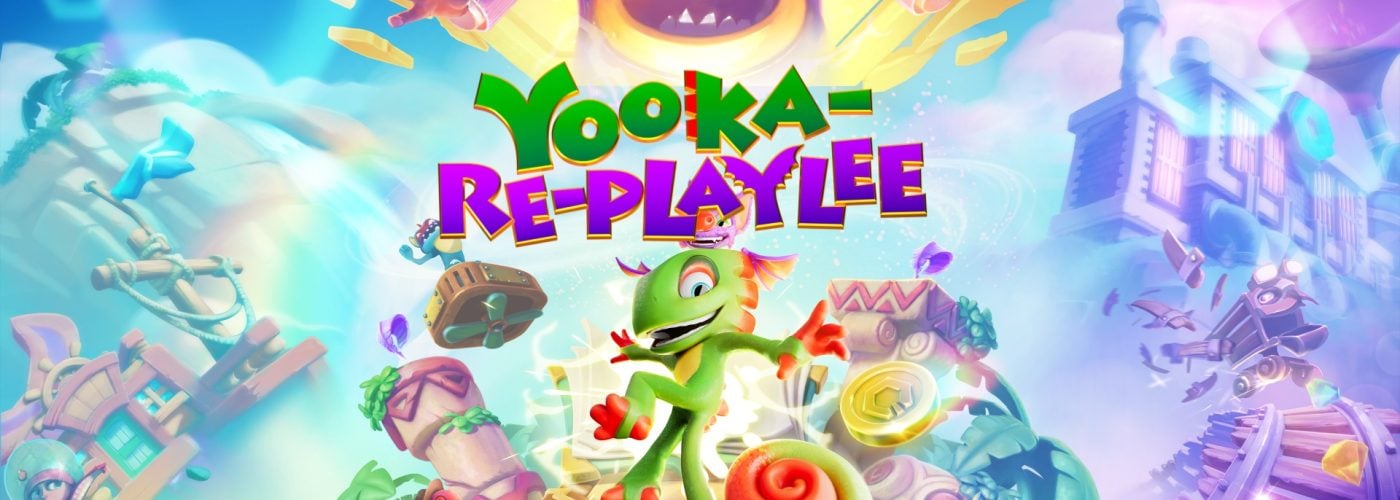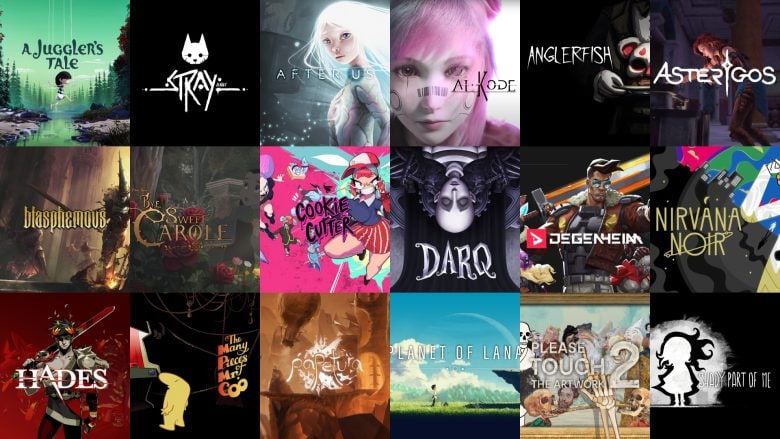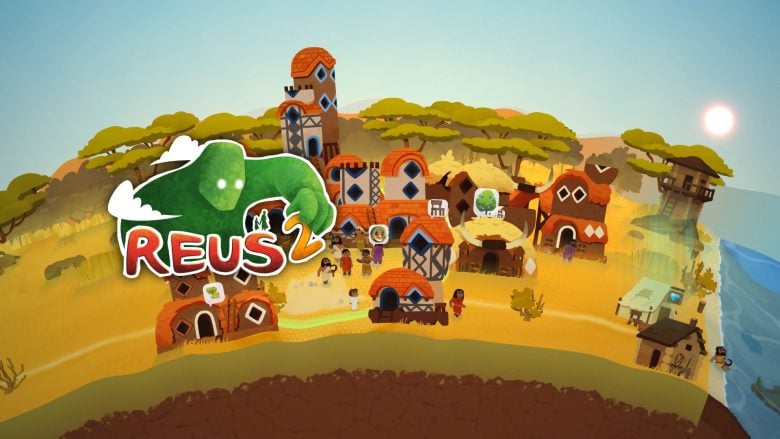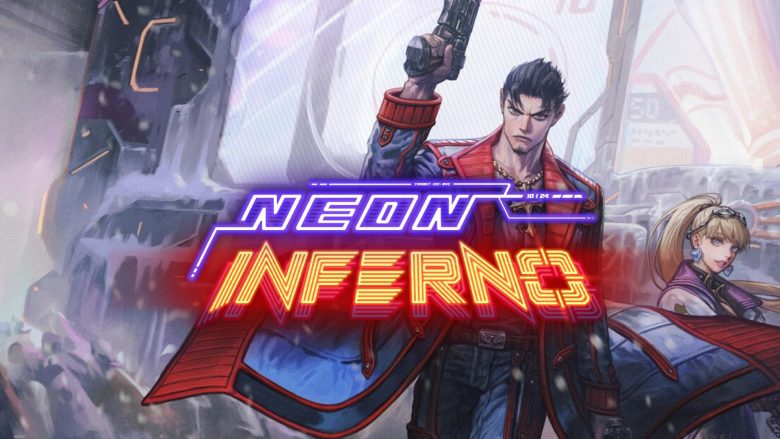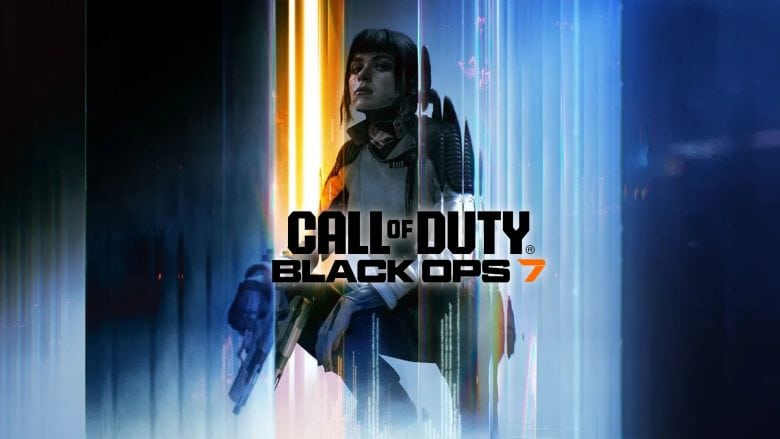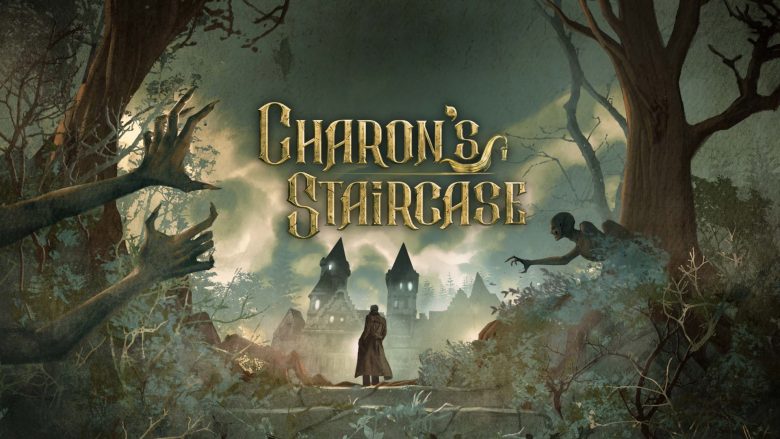A thoughtful restoration that brings Yooka and Laylee back into the spotlight, balancing N64 nostalgia with modern comfort
Yooka-Replaylee is downright adorable. Let’s get that out of the way first.
Eight years after the debut of the chameleon–bat duo, Playtonic Games returns with a reimagined edition that goes far beyond a simple remaster. It’s a project halfway between remake and reinterpretation, meant to strengthen and expand the legacy of the 2017 title.
Developed by Playtonic and published by Playtonic Friends in collaboration with PM Studios, the game landed on October 9, 2025, on PC, PlayStation 5, Xbox Series X|S, and Nintendo Switch 2.
At first glance it might look like a nostalgic throwback, but Yooka-Replaylee reshapes its own foundations — new maps, a modern interface, smoother controls, and a structure redesigned for accessibility.
The result is a classic 3D collectathon platformer, refined through the sensitivity and technical polish of 2025.
A Simple Tale with a Meaningful Message
The game retells, with a metanarrative twist, the same adventure from the original release.
Yooka, the chameleon, and Laylee, the bat, live in Shipwreck Creek, a small bay that serves as the main hub. Their quiet life ends when their old nemesis Capital B — a mix between Gru from “Despicable Me” and one of his minions — returns as the CEO of Hivory Towers, a greedy corporation determined to steal every book in existence and turn knowledge into profit.
During the heist, his minions steal the One Book, a magical tome that can rewrite reality. Its pages — the Pagies — scatter across multiple worlds, and the duo sets out to recover them before Capital B harnesses their power.
This new edition reframes the narrative as a recollection: Yooka and Laylee revisit their old memories, commenting with irony and self-mockery in a tone that mixes British humor, meta-references, and cheerful nonsense.
The writing stays over-the-top, in pure Rare fashion — full of wordplay, absurd gags, and exaggerated characters.
NPCs form a gallery of bizarre creatures and talking gadgets, each with its own side quest and lines that sound ridiculous on purpose but keep the rhythm light.
The goal isn’t to build drama, but to give cohesion and levity to the world.
At its core lies a clear message: creative curiosity versus industrial greed — imagination fighting against standardization, told with slapstick humor and a cartoon-like pace.

Gameplay and Structure
A Classic 3D Platformer with Modern Ergonomics
Yooka-Replaylee follows a hub-and-world structure. The central hub connects five large themed areas, each with a unique identity, biome, and challenge set.
Progression no longer depends on artificial barriers: every move of Yooka and Laylee is available from the start, removing the old ability-unlock system and the “world expansion” mechanic.
This decision opens up exploration right away and turns every world into a free-form playground.
The move set received a full rewrite — jumps, glides, rolls, chained attacks, and duo-based moves now blend with smoother physics and cleaner hitboxes.
Laylee adds aerial and sonic support — her Sonar Shot reveals hidden platforms or triggers mechanisms — while Yooka manages movement and environmental interaction.
The result feels fluid, precise, and responsive, echoing that “total control” sensation of the best platformers from the past.
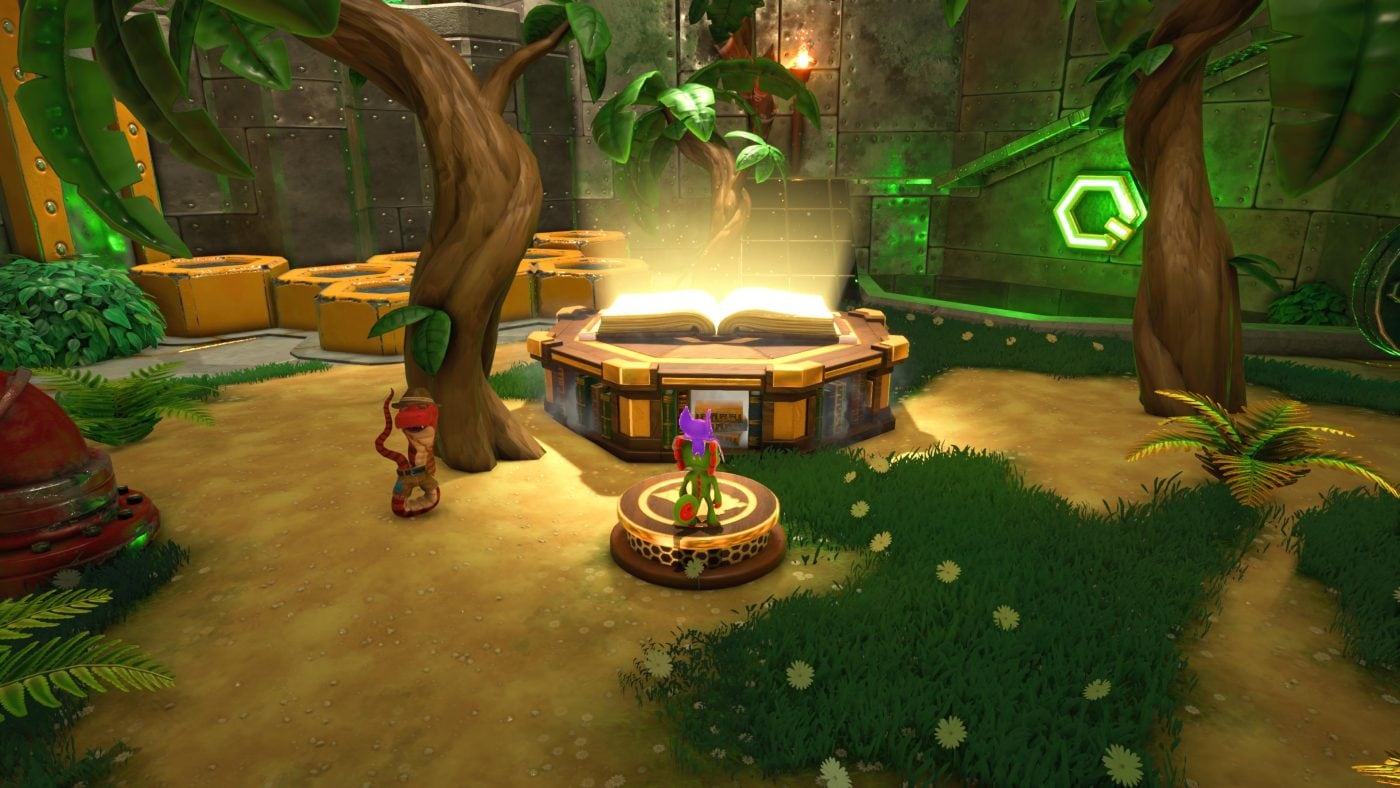
Exploration and Collectibles
The heart of the experience stays true to the collectathon formula.
Pagies act as keys to progress, while Quills serve as the main currency for buying Tonics and upgrades.
New collectible types expand the loop: Ghost Writers, Mollycools, Pirate Treasures, and Rextro Tokens, each tied to mini-challenges or temporary transformations.
In total, players can gather over 300 Pagies and 700 Quills, all tracked by an in-game log that records progress and approximate positions.
A fully integrated global map with trackers and fast-travel nodes drastically reduces backtracking.
Players can now plan routes strategically, deciding whether to chase completion or move on to the next challenge.
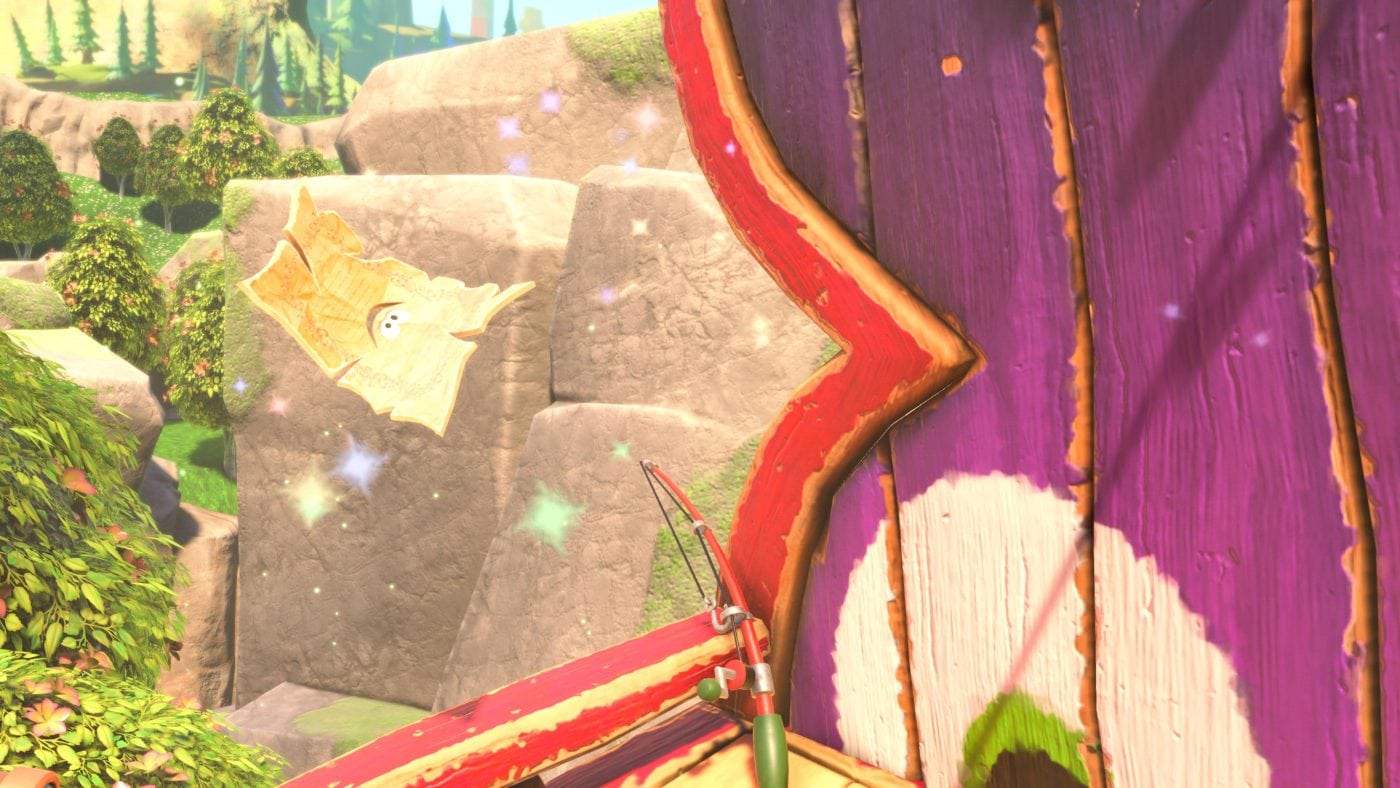
Tonics and Customization
The Tonic system stands out as one of the most notable upgrades.
Sold by the sentient vending machine Vendi, Tonics split into two categories — gameplay modifiers and visual filters.
Gameplay Tonics adjust parameters like damage, stamina, HUD, or gravity, while visual ones add cell-shading, retro filters, black-and-white tones, or texture swaps.
Players can equip multiple Tonics at once through unlockable slots that expand experimentation freedom.
This setup lets everyone craft their own style — from hardcore challenges to creative screenshot sessions.
Challenges and Minigames
Each world hosts an arcade cabinet run by Rextro, a retro dinosaur who offers fully rebuilt minigames: puzzles, obstacle races, memory trials, and timed runs.
All of them can be replayed directly from the hub, complete with leaderboards and Pagie rewards.
Extra activities include Kartos mine-cart runs with checkpoints, time trials, environmental puzzles, and boss fights.
The variety keeps exploration fresh and breaks any sense of repetition.
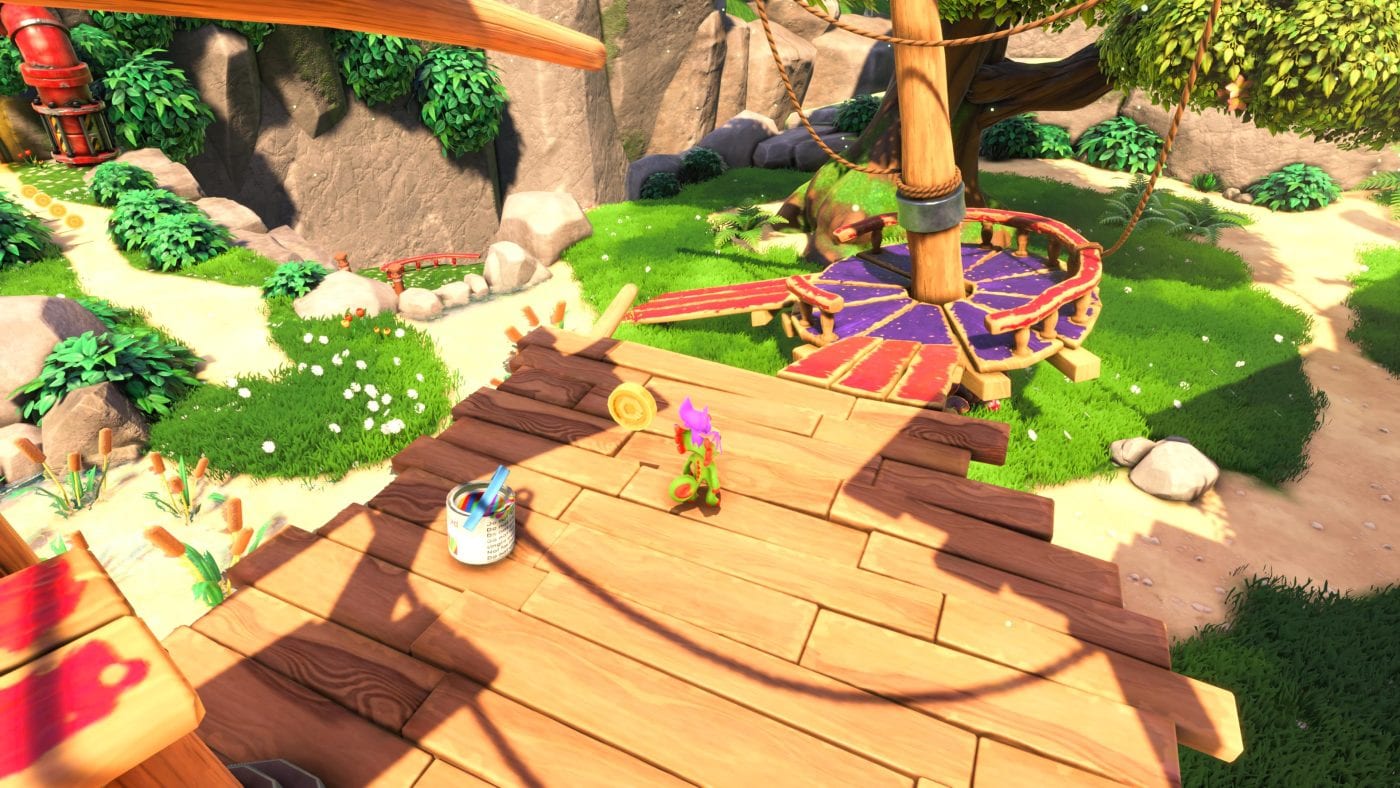
Pacing and Balance
Freedom of movement and the abundance of content create a dynamic but never chaotic rhythm.
The difficulty curve stays accessible, and Tonics let players fine-tune the challenge.
Frequent checkpoints, light penalties, and fast respawns make the flow smoother than most ’90s collectathons.
The result feels streamlined yet true to its exploratory spirit.
Length and Replayability
A full run takes around 12–15 hours, while 100 percent completion can easily reach 25.
The generous amount of side content and cosmetic customization ensures strong replay value, especially for completionists and speedrunners.
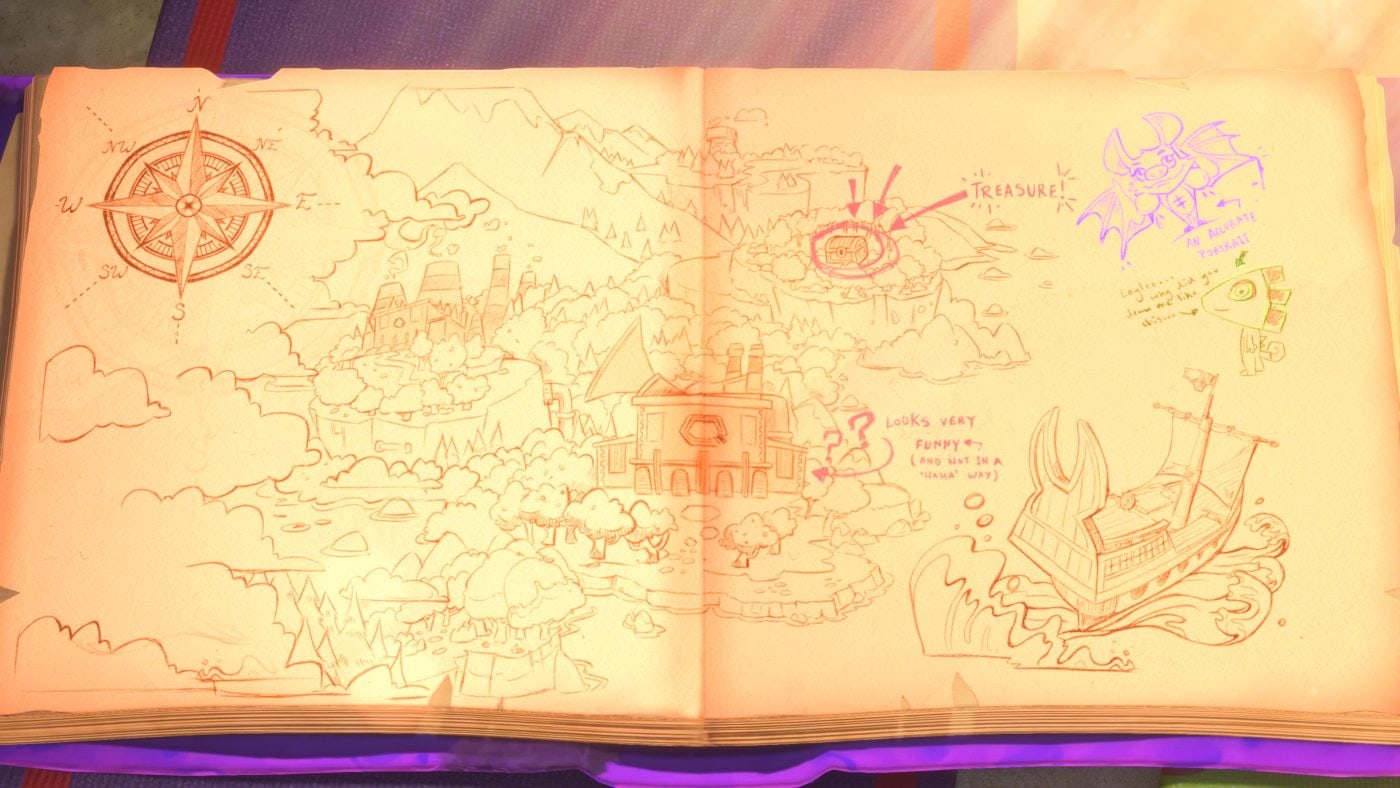
Graphics and Art Direction
Playtonic rebuilt the entire technical foundation from scratch while keeping the series’ recognizable visual identity.
The new engine introduces physically accurate lighting, high-resolution materials, and improved particle effects that make each world feel alive.
Textures for terrain, metal, and water react naturally to light; soft shadows and volumetric fog add a sense of depth.
The interface looks clean and transparent, designed for both handheld screens and 4K TVs.
The art direction remains cartoon-like but uses a more controlled palette and stronger contrast.
Each world speaks its own visual language:
- Tribalstack Tropics glows with warm oranges and greens.
- Glitterglaze Glacier blends icy blues and whites.
- Moodymaze Marsh hides in mist and tiny lights.
- Capital Cashino shines with neon and polished metal.
- Galleon Galaxy mixes purples and cyans in a dreamy cosmic glow.
Character models show more definition and expressiveness. Yooka’s glossy skin and Laylee’s semi-transparent fur stand out through dynamic lighting and improved facial animation.
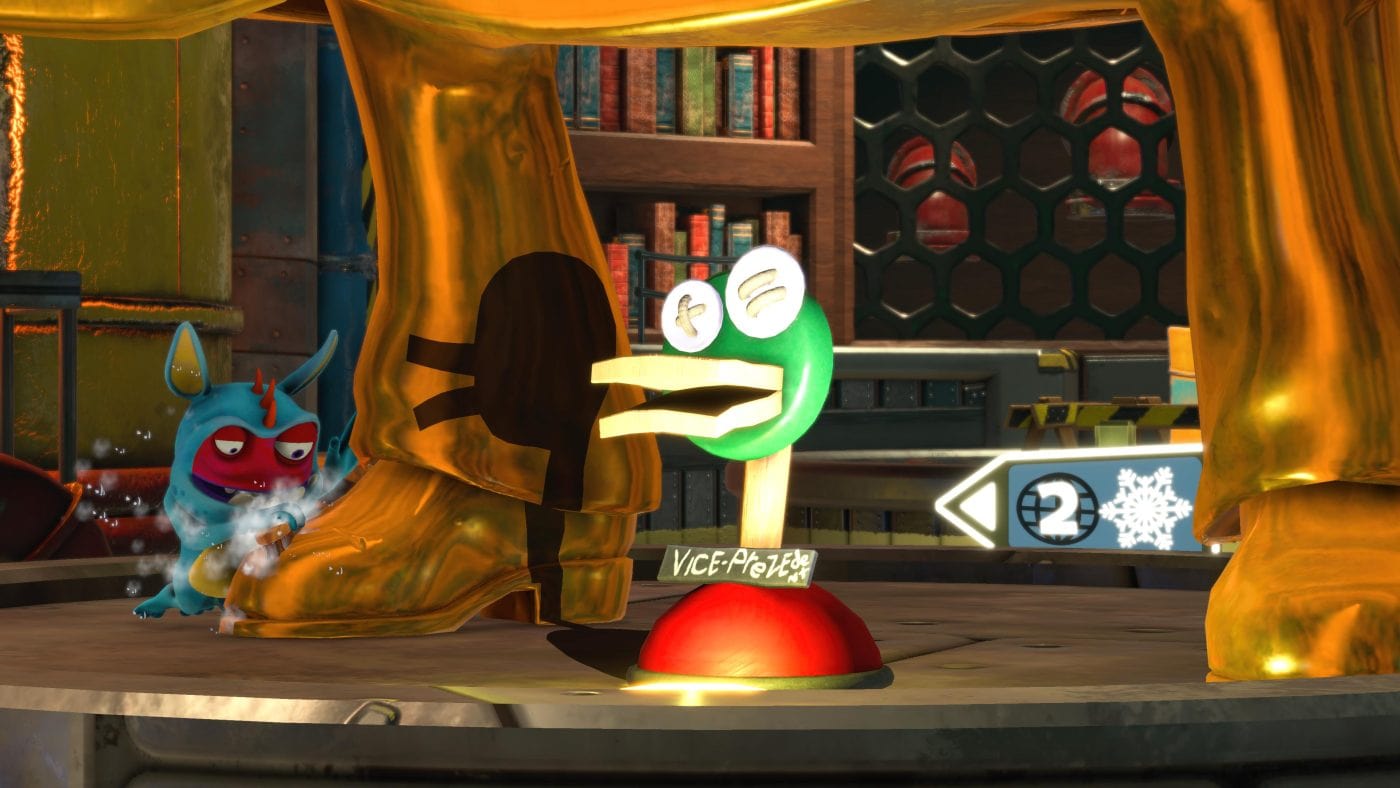
Performance and Platforms
Yooka-Replaylee runs smoothly across every platform. PC, PlayStation 5, and Xbox Series X|S hit 60 fps in native 4K with near-instant loading and HDR support. On Switch 2, the game holds steady at 30 fps with clean visuals and slightly longer load times
Minor glitches or collision quirks don’t affect gameplay.
Overall, the production feels colorful, stable, and technically sound — a modern update that keeps the charm of its N64 roots intact.
Audio and Soundtrack
The sound department shines as one of the remaster’s highlights.
Composers Grant Kirkhope, David Wise, and Steve Burke rearranged the entire score for live orchestra, recorded by the Prague Philharmonic Orchestra.
The melodies keep their playful, cartoon-style tone but gain richer orchestration and dynamic range that elevate every biome.
Each world features a distinct theme that shifts seamlessly thanks to dynamic crossfades.
The mix feels balanced and spatially detailed, adding a sense of presence that the original release lacked.
The Developers: Playtonic Games
Playtonic Games, founded in 2014 in Burton upon Trent (UK) by former Rare veterans, builds its identity on the legacy of Banjo-Kazooie and Donkey Kong Country.
Key members include Gavin Price, Steve Hurst, Chris Sutherland, and Grant Kirkhope, all prominent during Rare’s golden Nintendo 64 era.
From the start, the studio aimed to revive the spirit of classic 3D platformers while keeping a modern mindset.
Their debut, Yooka-Laylee (2017), became one of Kickstarter’s biggest indie success stories, raising over £2 million.
Two years later, Yooka-Laylee and the Impossible Lair refined their formula in 2.5D, while the label Playtonic Friends started publishing external indie projects.
With Yooka-Replaylee, Playtonic proves its commitment to heritage-driven design — preserving the grammar of classic 3D platforming while evolving its language through today’s tools and standards.

Comparison with Yooka-Laylee (2017)
Eight years separate Replaylee from its predecessor, and the difference shows everywhere.
Playtonic didn’t just enhance visuals — it rebuilt the game’s structure. The 2017 version followed a system of progressive level unlocks and “world expansions,” where players spent Pagies to enlarge areas. It sounded clever on paper but fragmented the experience.
The new version drops that idea entirely. Every world now opens from the start, and Yooka and Laylee already know all their moves. Exploration becomes open-ended and uninterrupted.
A global map and modern navigation tools replace guesswork with clarity.
In 2017 players often wandered aimlessly without visual cues; now they can track collectibles and objectives directly.
Backtracking turns from obligation into choice, giving the adventure a smoother pace.
Control and camera systems feel completely reborn.
The duo’s movements link together seamlessly, with tighter collision detection and adjustable camera sensitivity that stays stable during combat or precision jumps.
Content also expands dramatically: from roughly 145 Pagies to over 300, plus new currencies, side quests, and revamped arcade machines. The Tonic system enriches customization both mechanically and visually, turning the collectathon loop into something far more flexible.
Visually and technically, the leap is obvious — new lighting, cleaner textures, and a fully orchestrated soundtrack replace the uneven presentation of the past.
Thanks to modern hardware, performance reaches 60 fps on current-gen systems and a consistent 30 on Switch 2.
In short, Yooka-Replaylee supersedes the original in every respect.
It carries the same carefree N64 spirit but feels lighter, fuller, and more coherent with today’s standards.
Where Yooka-Laylee felt like a nostalgic experiment, Replaylee finally becomes its mature form — proof that love for the past can evolve into balance and precision.

Conclusion
Yooka-Replaylee isn’t a simple remaster; it’s a complete restoration of a bridge between two eras.
Playtonic modernizes its debut without betraying its DNA — keeping the “old-school” heart of a 3D platformer while smoothing its rough edges.
The reworked controls, integrated map, customizable Tonics, and new orchestral score shape a technically strong and unexpectedly fresh edition.
A few limits remain — minor glitches, an occasionally tricky camera, and slower Switch performance — but overall Yooka-Replaylee stands as a new benchmark for anyone wanting to rediscover the collectathon genre with modern comfort and polish.
For fans of games like Spyro the Dragon, it makes you want to dust off your old PlayStation 1 DualShock.
A genuine return to simple, exploratory fun — crafted with care, consistency, and that unmistakable hint of Rare charm.

Useful link:
Yooka-Replaylee Officiale Website
Yooka-Replaylee
PRO
- Sharper, smoother controls and physics
- Streamlined progression with full freedom
- Deep and flexible Tonic system
- Beautifully orchestrated soundtrack
- Consistent, vibrant art direction
- Strong replay value
CON
- Minor bugs and visual glitches
- Camera still imperfect in tight spaces
- Few surprises for players of the original

